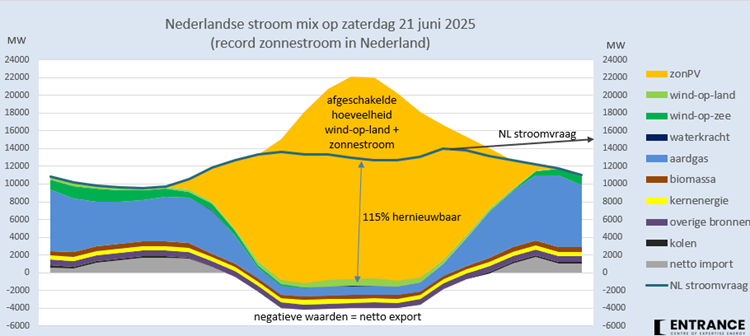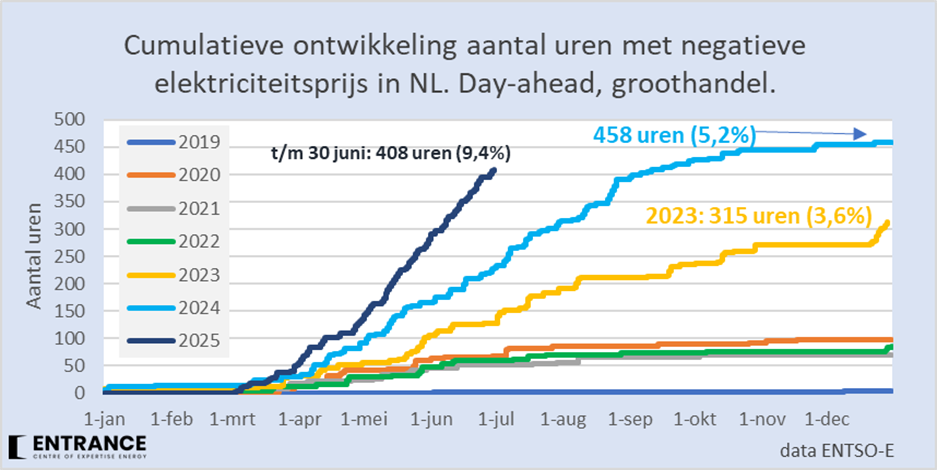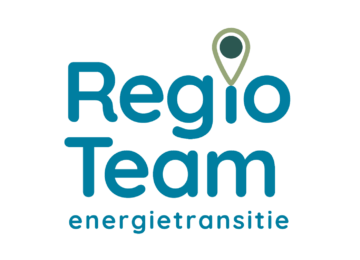Compliment of the month: National Climate Platform and Energieopwek.nl
In our Compliment of the Month series, each month we highlight a party that is working to accelerate the energy transition through energy storage. For July, our appreciation goes to the National Climate Platform and Energieopwek.nl. The National Climate Platform, through figures from the renewable energy monitoring platform "Energieopwek.nl," noted that in the second quarter 2025, renewable energy production grew substantially, but so did the number of hours with unused surplus. According to the National Climate Platform, more investment in energy storage is therefore needed to prevent the possibility of unused energy.
National Climate Platform and Energieopwek.nl
The National Climate Platform was created in 2022 by then Climate and Energy Minister Jetten to help accelerate climate policy as a follow-up to the (progress) Climate Agreement. The National Climate Platform is developing several activities to help accelerate the energy transition, Energieopwek.nl is one of those initiatives.
In 2016, the website Energieopwek.nl went live. This was prompted by the 2013 Energy Agreement to use it to actively monitor the targets set for renewable generation. Energyopwek.nl shows the current status of renewable energy generation. Here you can accurately track the generation of renewable energy from e.g. sun and wind per day and even per hour.
The National Climate Platform uses figures from Energieopwek.nl to provide regular updates on trends and developments in renewable generation. In July, they provided an update on the development of renewable generation in the second quarter of 2025.
Second quarter 2025 shows need for storage
Renewable energy production grew 13% in the second quarter of 2025 compared to the same period in 2024. This was due to a sunny spring, but with little wind in April. May, on the other hand, was exceptionally sunny and windy compared to a normal May month. This caused a sharp increase in renewable energy production in the Netherlands that month. Output from wind turbines grew 13 percent this quarter compared to the same quarter in 2024. Output from solar panels grew even more. Those produced 30 percent more.
The higher share of solar and wind in the production mix causes wind turbines and solar panels to switch off more. This is happening both for technical reasons and for commercial motives, for example due to negative energy prices. In the second quarter, some 8.3 PJ were switched off (solar and onshore wind). By comparison, last year's figure for spring was 4.6 PJ, slightly more than half of this year's
In Q2 2025, 66.8% of the energy generated was renewable. Had there been no shutdown - due to sufficient energy storage, for example - the percentage of renewable generation would have been 2.4% greater. With the amount of generation switched off, just under 800,000 households could be supplied with electricity for a year. Then, however, the power would have had to be stored.
To illustrate, a chart from June 21 showing a record amount of solar power in the Netherlands. Anything above the line showing power demand in the Netherlands is shut off because the power cannot be sold off or stored.

10 percent of the time negative prices
A sunny spring creates a lot of (over) supply of electricity at the same time, and thus negative prices, forcing producers to charge money when they generate power. That already happened about 10 percent of the time in the first six months, bringing the tally to 401 hours. That's already approaching 458 hours over all of 2024.
At such times, an electrolyser can also run to convert excess power into hydrogen. In the first half of the year, Entrance's virtual electrolyser could have run some 834 hours. That's 125 hours more than at the end of June last year. This green hydrogen can be used as feedstock in the industrial sector or as seasonal storage of electricity. Storage thus not only prevents energy from solar and wind from being turned off unnecessarily, it also adds value to the business case for solar and wind producers. This is because storage ensures better utilization of generated energy, bypassing moments of negative prices - and thus a negative impact on the business case.

Latest News
 News
News
Response from the regional energy transition team to the draft policy on large-scale battery storage in Flevoland
December 23, 2025 News
News
Compliment of the month: Provincial Council of Gelderland
December 18, 2025 News
News


